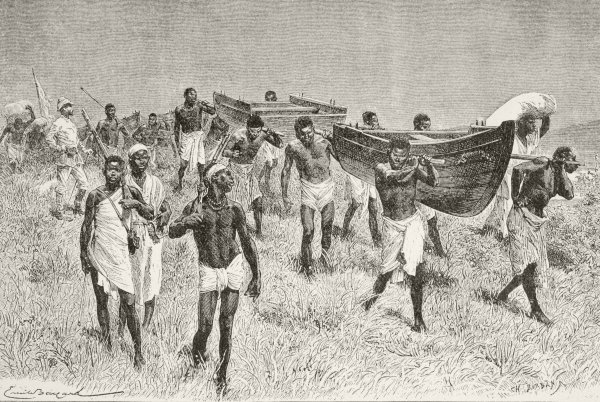So you want to take your game vertical, so you can play it on the wall of your secret underground bunker? Or maybe you just want to create neat, orderly stacks of dozens of counters that won't blow over in a gust of wind? Magnetize that game! Here's how.
(1) Scan the counters into digital format, using a high dpi resolution. Make sure they lie flat on the surface of the scanner and remain stationary during scanning, or they'll come out blurry. If you need to scan the back of the counters as well, make sure to keep the files together. Then print them out to get something like this:
 |
| World in Flames Deluxe has 24 (!!) of these countersheets. |
(2) Now cut each row of counters into strips and match up the appropriate fronts and backs. Remember that the strips will be reflected along the top/bottom sides when they are matched.
 |
| Mix up the fronts and backs, and you can build elite jet fighters in 1939! If nobody notices... |
(3) Cut an adhesive magnetic strip to match the paper strips, and mount them on each side, using a glue-stick for the non-adhesive side if you need a double-sided counter.
 |
| Getting these to straighten out nicely is a real pain... |
(4) Wait for the glue to dry, then use a sharp pair of kitchen shears to clip off each counter. This takes some care and practice, and is probably the hardest step in the process if you want a professional looking product. (I tend to get curved surfaces instead of straight cuts when trying to cut through a material this thick.
 |
| Some of my first attempts were barely identifiable as squares. |
(5) Now you have magnetic counters. But annoyingly enough, the polarity of the magnets is parallel to the surface of the strip, in tiny alternating mini-strips. This means that when you start to stack them on top of one another, they won't line up very well if they are cut from different magnetic sheets. For example, they might look like this:
This also means that they tend to cancel out with one another, reducing the combined magnetic strength of the stack and making it less likely to stick to a steel surface. Instead, you want to repolarize each one to be a set of two perpendicular dipoles.
 |
| The middle one is what we're after! |
So you want to remagnetize the counters using a stronger magnet. Buy a few rare-earth magnets (the ultra-powerful neodymium ones that come with safety warnings!) and stack them up to make a powerful paired dipole field. Make sure that you have two dipoles of opposite polarity, side by side, a little wider than your counter. The result should look like these:
 |
| N.B.: Thanks to J. Walley for donating the magnets here. |
(6) Now place your magnets on top of the dipole stack, and they'll instantly remagnetize to the new polarity configuration (in a matter of seconds, with a strong field). Pull them directly off the stack vertically, not sideways through the field, or you'll overwrite the dipole moment during the brief period that the perpendicular alignment is lost.
 |
| Generalissimo Chiang Kai-Shek: One of the worst HQs in the game. |

Best of all, this polarization is compatible with any of the old Shield Laminating counter clips that you might have lying around. So you integrate your new counters with any non-magnetic counters you need. Alas, these things seem to have gone out of production, so if you don't have one already you'll need to watch eBay and hope someone wants to part with a collection. They usually go for a substantial premium over the original price, and will easily set you out over $300 for a set large enough to play a monster game like World in Flames! By contrast, making your own magnetic counters for the same size game would cost under $50. (Granted, it's a lot of work!)
(7) OK, now you're done! Just repeat this for the full set. You'll end up with a nice, neat stack of magnets. They can even be flipped over (along a lateral side, not the top/bottom) and will still stick, due to the double-dipole configuration!
(8) Organize your stacks however you like! They'll stay in neat stacks that are easy to search through, rather than being a jumbled mess that you'll need to sort through every time you want to fish a particular one out.
 |
| Before |
 |
| After |
They'll stack on a vertical surface up to about 16 high, using the magnetic strips I found. If you need to stack them higher or you want a high stack to be more stable during transportation, you can slip a couple of those rare-earths under the bottom of the stack, to intensify the field strength. Here's a stack of 20:
Now rip the door off your refrigerator, tape a map to it, and you're all set! Or build your own game board by backing (magnetizable) steel sheets to a wooden panel.


















